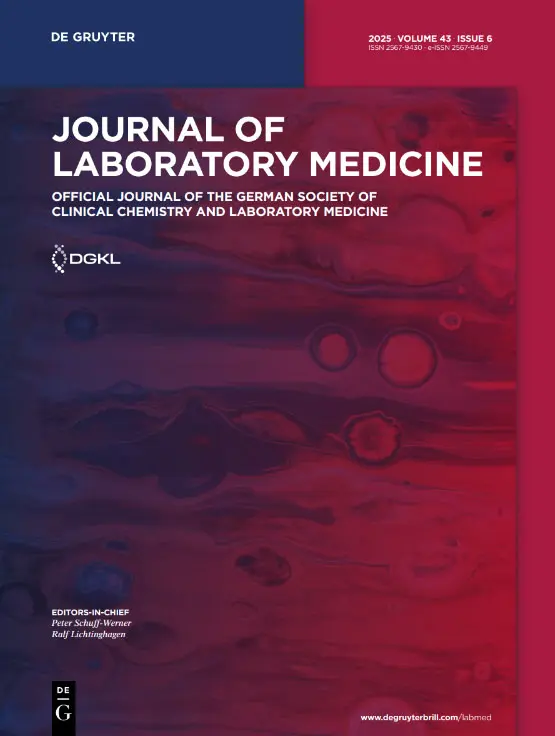Current status and future perspectives on standardized training for laboratory medicine resident physicians in China

Laboratory medicine plays a fundamental role in modern healthcare, with its data chain spanning the entire continuum from early disease screening, diagnostic classification, and treatment monitoring to prognosis evaluation. With the rapid development of technologies such as mass spectrometry, flow cytometry, next-generation sequencing (NGS), and AI-based data interpretation, the scope of laboratory medicine has evolved from a traditional “testing room” to a “data center plus clinical decision support” hub. This transformation places dual demands on laboratory physicians – they must function both as precise testing engineers and as interdisciplinary clinical consultants [1], 2].

In China, over 95 % of clinical laboratories are located in large general hospitals, where laboratory physicians move daily between the bench and the bedside. They must ensure internal quality control, validate methodologies, and assess new technologies, while also being familiar with the diagnostic thinking, medication strategies, and disease progression in specialties such as respiratory medicine, hematology, and critical care. This breadth of skills is essential to convert “cold data” into “actionable information” that can be immediately adopted at the bedside. Precisely because of these complex demands, standardized residency training has been established as a cornerstone of medical education. Its goal is not merely to produce “technical operators,” but to cultivate dual-competence professionals who bridge the laboratory and the clinic [3], 4]. Since the nationwide implementation of Specialist Physician Standardized Training in China in 2014, including specialist training of medical doctors in laboratory medicine [5], 6], A “1 + 2” tiered framework has taken shape: one year of general rotation allows trainees to participate in multidisciplinary rounds (MDT), interpret imaging and pathology, and understand comprehensive disease management; two additional years focus on re-evaluating the clinical significance of laboratory tests, translational research, and doctor–patient communication. This system has continuously produced professionals capable of aligning laboratory results precisely with individualized treatment pathways, driving laboratory medicine’s shift from a “cost center” to a “value center.”
Fundamentally, this specialist training of medical doctors in laboratory medicine approach addresses the emerging demands of an aging population, precision medicine, and multidisciplinary collaboration. It also serves as a national strategic initiative to improve healthcare quality and ensure patient safety. By deeply integrating clinical relevance, technical proficiency, research thinking, and lifelong professional development, it lays a broad runway for Chinese laboratory physicians to move seamlessly from the bench to the bedside and toward population health, establishing a solid foundation for the continued modernization of laboratory medicine.
Original Paper:
Li, Shanshan, Liang, Shujing, Chen, Hongbin and Wang, Hui. “Current status and future perspectives on standardized training for laboratory medicine resident physicians in China” Journal of Laboratory Medicine, vol. 49, no. 5, 2025, pp. 185-190. https://doi.org/10.1515/labmed-2025-0162




